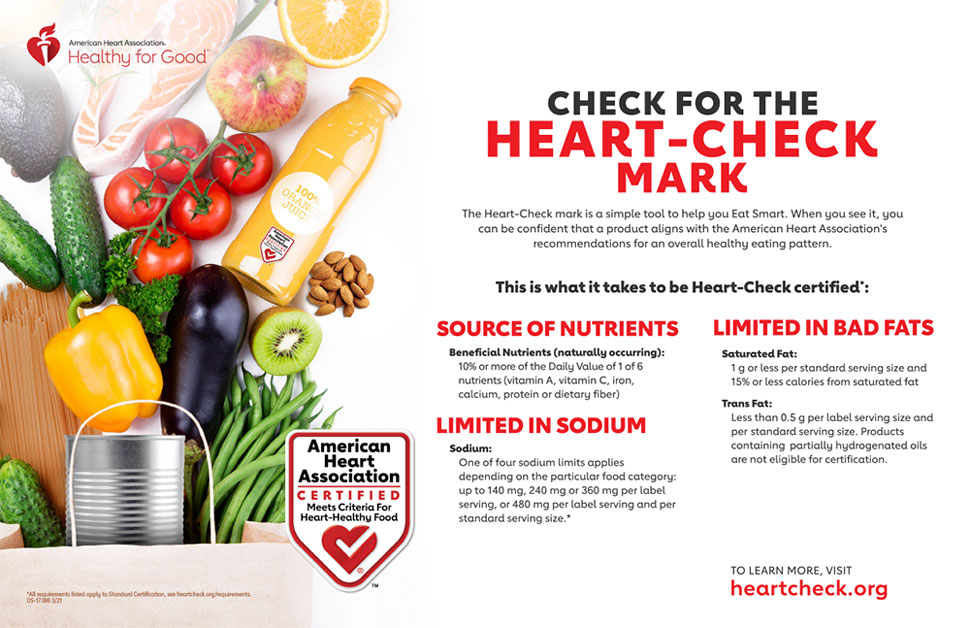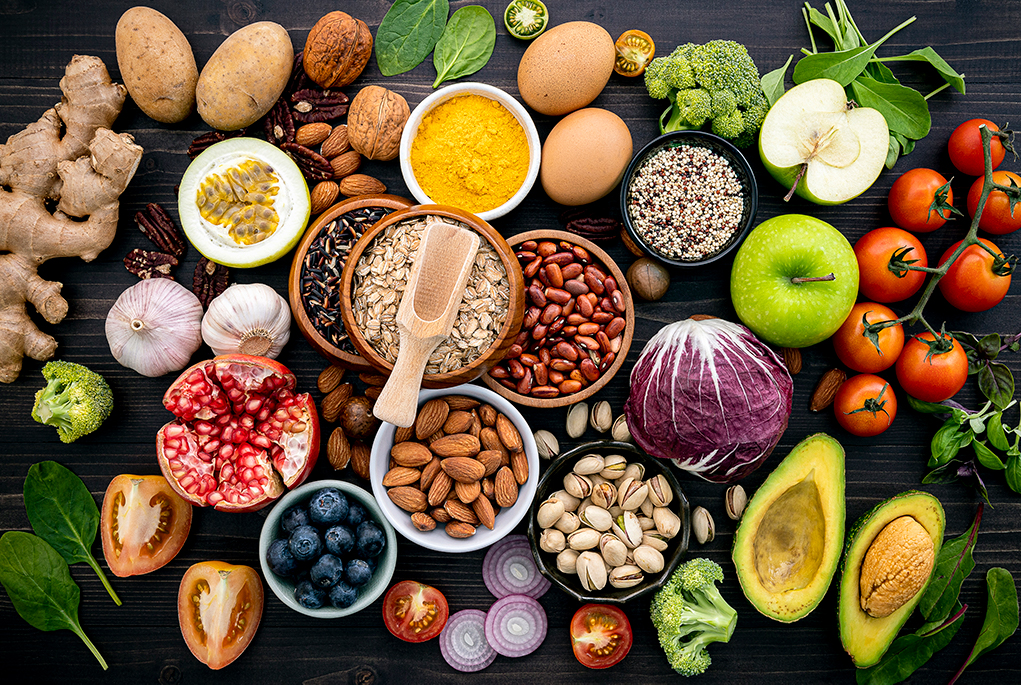
There is a great range of food available for diabetics, and it is important to choose healthy foods based on the individual's needs and lifestyle. To control blood sugar, a balanced diet is crucial. Legumes are rich in protein, fiber and high-quality carbs. Soluble fiber reduces hunger and stabilizes blood sugar levels. Recent studies showed that legumes had a lower risk of type 2 diabetes and improved blood sugar control.
As a low-carb food, avocados are a great choice for diabetics. Avocados are high in healthy fiber and healthy healthy fats. Walnuts are particularly good for diabetics, as they contain a high amount of omega-3s. However, it is important to only eat a single serving of walnuts. Chickpeas is another legume that is high in protein and fiber. They are a good source for protein and a low-carb snack because they contain a lot of dietary fibre.
While spinach is not a favorite, most people do not like the taste of pumpkin. However, beta-carotene can convert to essential vitamin B and be used as a main meal. You can eat the skin if you are unable to eat them. You can cook them and serve them as part of a meal. You can add a spoonful of quinoa to your favorite soup or smoothie for an extra boost in protein.

A diabetic can also enjoy Greek yogurt as a snack. It is safe to eat a small amount of this starchy vegetable, which is between six and eight grams. You should always read the label to ensure that there are no added sugars. Fruit can be eaten in moderation. Flax seeds are rich in lignans which can help increase insulin sensitivity and lower the risk of developing heart disease.
Sweet potatoes are not only rich in lean protein but also have high levels of fiber and potassium. They can be eaten raw or cooked as a snack. Sweet potatoes, despite being high in carbohydrates, are low in sugar. They are great side dishes to lean protein and vegetables. They are also a good source magnesium, which can help prevent strokes and lower diabetes risk. They are therefore the best food for diabetics.
A wide range of fruits, vegetables and other foods are high in antioxidants. They can also be used in salads or smoothies. Greek yogurt is also an option for salads and yogurts. They can also be added to your favorite yogurt. You can make smoothies with them. When preparing fruit for salads, you can use them to enhance the taste of your desserts.
Diabetic diets need to be balanced. The best diabetic foods should have low sugar levels, but no saturated fats or trans fats. Instead of fat, they should be rich in fiber, protein, and fiber. A diabetic diet should not only be made up of whole grains but also fruits and vegetables. The diet should also include healthy fats. These foods offer many benefits.

A healthy diet should include plenty of fruits. Organic, fresh, and ripe fruit and vegetables are the best. Low-calorie foods should be considered the best food for diabetics. There are many options for incorporating fruits and veggies into your daily schedule. Nuts can be eaten every day, for example. These delicious foods can be healthy for diabetics. Be careful with your sugar intake to avoid diabetes.
Greek yogurt is another option for diabetics. It is high in fiber and low in carbohydrates. It can be enjoyed as a snack or as a savory dish. You can include many whole grains in your diet. They are low-calorie, high-fiber foods. Whole-grain breads, for example, are great foods for diabetics as they have low sugar. These breads as well as pastas are a great source of fiber.
FAQ
What can I do to boost my immune system?
The human body is composed of trillions if not billions of cells. These cells work together to form organs and tissues that perform specific functions. If one cell dies, a new cell takes its place. Hormones, which are chemical signals that allow cells to communicate with one another, enable them to do so. Hormones regulate every bodily process, from growth and development to metabolism as well as immunity.
Hormones can be described as chemicals produced by glands in the body. They circulate through the blood stream and act as messengers to regulate how our bodies function. Some hormones are produced internally while others are made outside of the body.
The hormone-producing glands release their contents into bloodstream. This is when hormone production starts. Once hormones are released, they move through the body to reach their target organ. Some hormones may only remain active for a limited time. Other hormones stay active longer and continue to influence the body's functioning even after they leave the bloodstream.
Some hormones are produced in large quantities. Others are only produced in very small quantities.
Some hormones are only produced at certain times in your life. The production of estrogen can occur during puberty and pregnancy, as well as menopause and old age. Estrogen is important for women to develop breasts and maintain bone density. It also helps prevent osteoporosis. It also promotes hair growth and keeps skin smooth and soft.
What are the best 10 foods to eat?
These are 10 of the best foods to eat.
-
Avocados
-
Berries
-
Broccoli
-
Cauliflower
-
Eggs
-
Fish
-
Grains
-
Nuts
-
Oats
-
Salmon
Why does our weight change with age
How do you know if your bodyweight changes?
If there are less calories than muscle mass, then weight loss is possible. This means that the amount of calories consumed must exceed the amount of energy used daily. A decreased level of activity is the main cause of weight loss. Others include pregnancy, hormonal imbalances or certain medications. Weight gain is when there are more calories than muscle mass. It occurs when people consume more calories per day than they need. The most common causes are overeating, increased activity, hormonal changes, and excessive calories.
The main reason why our bodies lose weight is because we consume fewer calories than we burn. Exercise regularly increases your metabolism rate, which allows you to burn more calories every day. This doesn't necessarily mean we will lose weight. What matters is whether we are losing fat or building muscle. Weight loss is possible if you burn more calories than you consume. But, if we consume far more calories than what we burn, then we actually store them as fat.
As we grow older, we tend to become slower at moving around and therefore we don't move as much. We also tend to consume less food than when we were younger. Also, we are more likely to gain weight. However, our muscle mass is more important than we realize and makes us appear larger.
If you don't weigh yourself every week, it's impossible to determine how much weight has been lost. There are many ways to determine your weight. You can measure your waist, hips and thighs as well as your arms. Some people prefer to use bathroom scales while others like to use tape measures.
For a better track of your progress, try to weigh yourself once per week and measure your waistline once every month. You can also take photographs of yourself every few years to track how far your progress has been.
You can also check your height online to find out how many pounds you have. If you are 5'10" tall, and you weigh 180 lbs, then you would probably weigh 180 lbs.
What is the difference of a virus from a bacteria?
A virus is a microscopic organism which cannot reproduce outside of its host cell. A bacterium (or single-celled organism) reproduces by splitting itself into two. Viruses have a very small size (about 20 nanometers), while bacteria is larger (up to one micron).
Viruses are often spread through contact of infected bodily fluids like saliva, urine or semen. Bacteria can be spread by direct contact with infected objects and surfaces.
Viral infections can also be introduced to our bodies by a variety of cuts, scrapes or bites. They may also get into the body through the nose and mouth, eyes, ears or rectum.
Bacteria can enter the body through wounds. They can also be introduced to our bodies by food, water and soil.
Both bacteria as well as viruses can cause illness. Viruses cannot multiply in their host cells. Viral infections can only cause diseases in living cells.
Bacteria may spread to other people and cause sickness. They can invade other areas of the body. To kill them, we must use antibiotics.
What is the best diet for me?
Your lifestyle and individual needs will determine the best diet for your body. You also need to consider how much energy you expend during exercise, whether you prefer low-calorie foods, and if you enjoy eating fruits and vegetables.
If you are trying to lose weight, then you may want to try intermittent fasting. Intermittent eating means that you only eat specific meals throughout the day. This is in contrast to three large meals. This method may work better than traditional diets which include daily calorie counts.
Intermittent fasting is believed to increase insulin sensitivity. It may also reduce inflammation. This may lead to a decrease in diabetes risk and blood sugar levels. Research suggests that intermittent fasting can promote fat loss and improve overall body composition.
What are 10 healthy habits?
-
Breakfast is a must every day.
-
Don't skip meals.
-
Keep a balanced diet.
-
Get plenty of water.
-
Take care to your body.
-
Get enough rest.
-
Avoid junk food.
-
Get at least one form of exercise each day.
-
Have fun
-
Make new friends.
What's the difference between a calorie and kilocalorie?
Calories can be used to measure how much energy is in food. Calories is the unit of measurement. One calorie contains the energy needed to raise the temperature of one gram of water by one degree Celsius.
Kilocalories is another name for calories. Kilocalories can be measured in thousandsths of one calorie. 1000 calories equals 1 kilocalorie.
Statistics
- nutrients.[17]X Research sourceWhole grains to try include: 100% whole wheat pasta and bread, brown rice, whole grain oats, farro, millet, quinoa, and barley. (wikihow.com)
- WHO recommends consuming less than 5% of total energy intake for additional health benefits. (who.int)
- The Dietary Guidelines for Americans recommend keeping added sugar intake below 10% of your daily calorie intake, while the World Health Organization recommends slashing added sugars to 5% or less of your daily calories for optimal health (59Trusted (healthline.com)
- In both adults and children, the intake of free sugars should be reduced to less than 10% of total energy intake. (who.int)
External Links
How To
How to keep yourself motivated to exercise and eat well
Healthy living: Motivational tips
Motivational Tips For Staying Healthy
-
Make a list of your goals
-
Set realistic goals
-
Be consistent
-
When you reach your goal, reward yourself
-
Do not give up even if you fail your first attempt.
-
Have fun!